How beavers shape insect communities
Beavers transform landscapes, creating habitats that influence biodiversity – including insects. But do they boost insect diversity, or is the impact more complex?
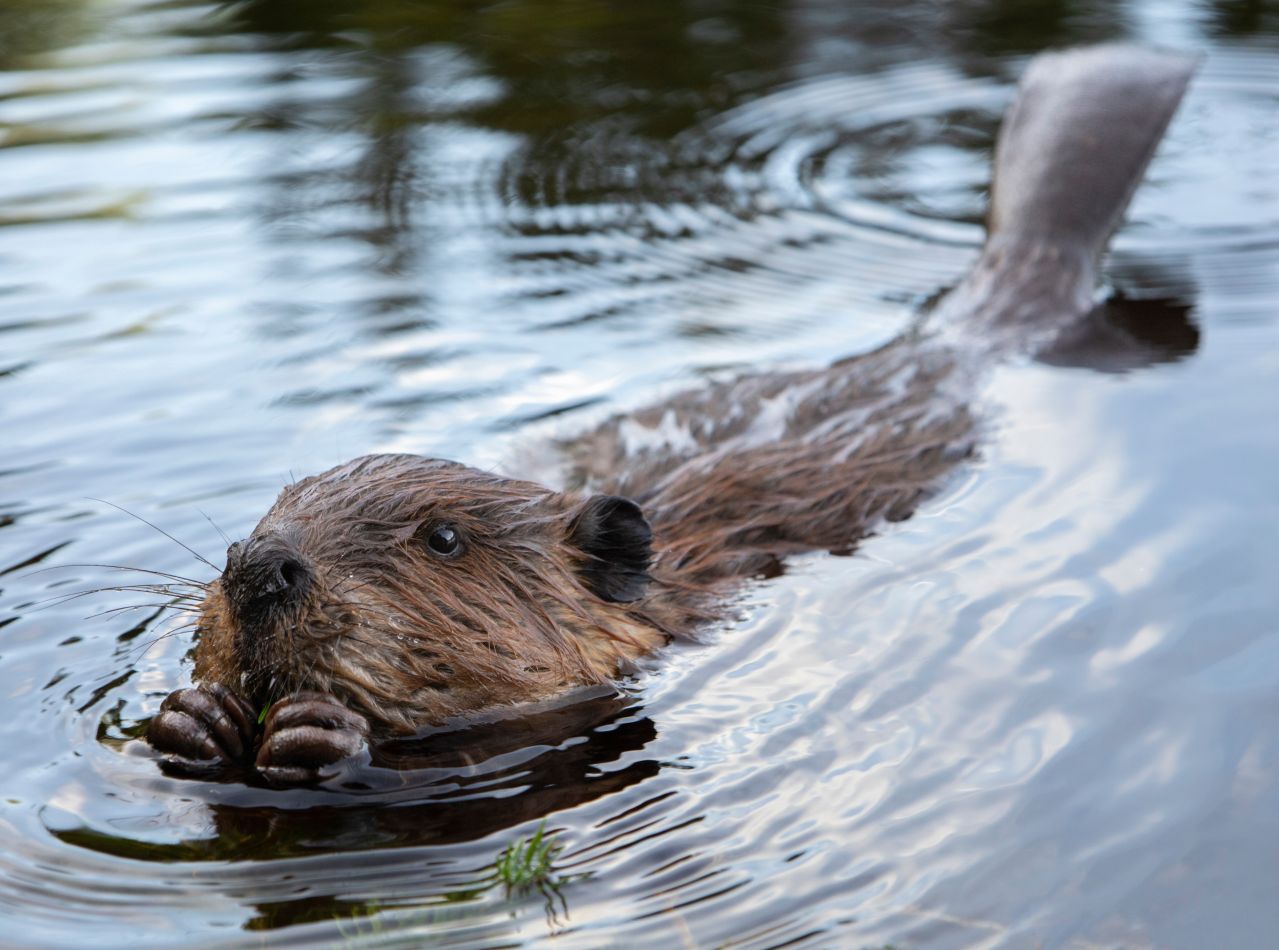
A beaver swimming through the river, leaving gentle ripples behind. Image: Adobe Stock
Beavers in Europe
Beavers (Castor sp.) are large, semi-aquatic rodents found across the Northern hemisphere. Two species exist, the Eurasian beaver (Castor fiber) and the North American beaver (Castor canadensis). By the early 20th century, the beaver population in Europe had plummeted to around 1200 individuals due to hunting. However, conservation efforts have resulted in a remarkable recovery, and today, beavers are once again thriving in freshwater and woodland habitats across Europe. Most of Europe is home to the Eurasian beaver, except for Finland, where the North American beaver was introduced instead of the Eurasian beaver in 1937.
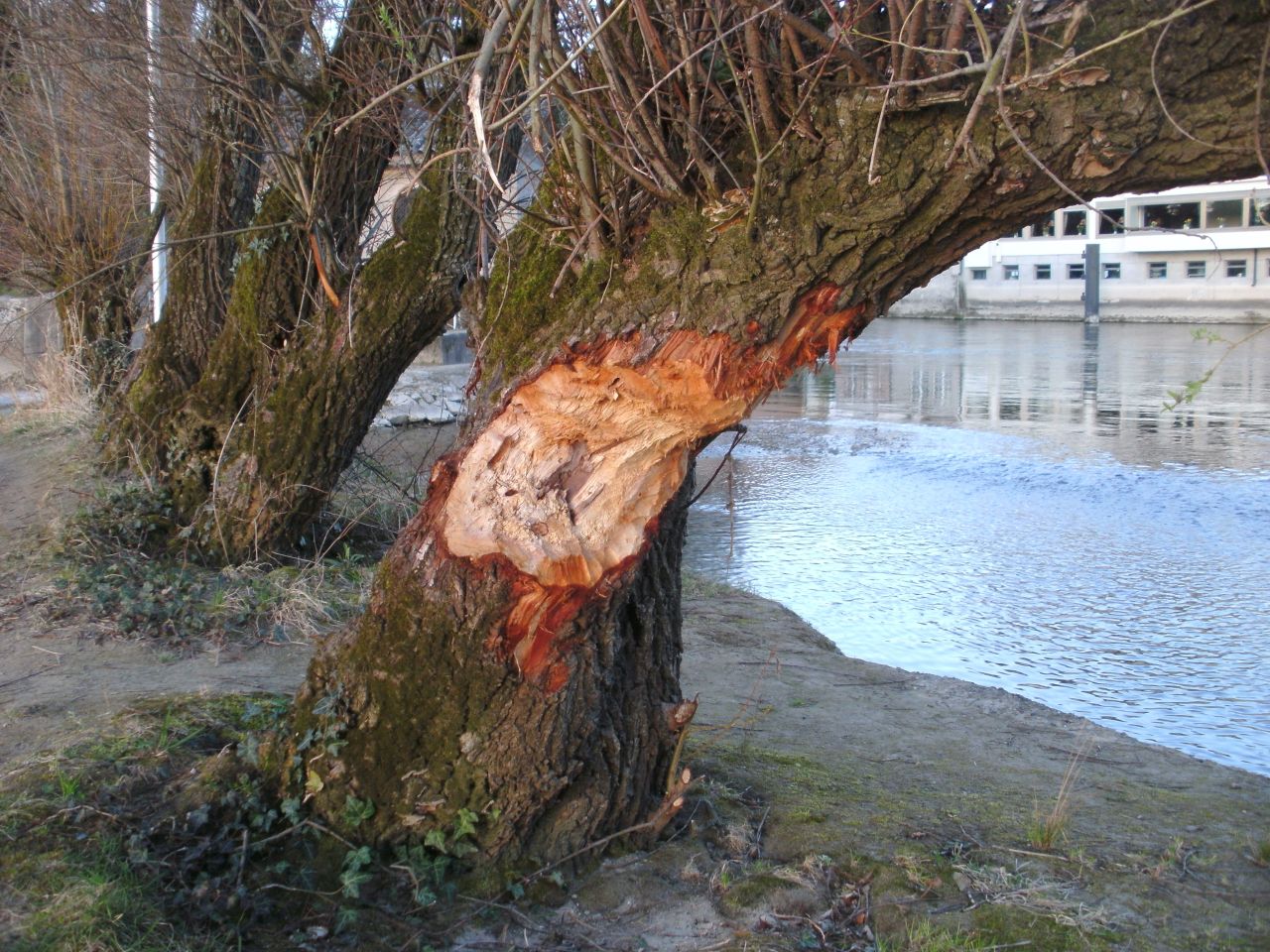
A willow tree trunk on a small island in the Rhine River, Switzerland, bearing distinct beaver gnaw marks. Image: Wikimedia Commons/Latschari, CC License
Ecosystem engineer
Beavers are renowned as ecosystem engineers – species that alter their surroundings in ways that affect many other organisms. Their impact is often more noticeable than the animals themselves. While beavers can be elusive, their presence is revealed by gnawed tree stumps, felled logs, and intricate dams made of wood, stones, and mud.
Night vision reveals a beaver going about its business after dark. Video: © Christian Ransborg
Beavers modify their habitats in many ways. As they settle into an area, trees are felled, waterways are redirected, and both standing and fallen deadwood accumulates, in various stages of decomposition. These changes influence the entire hydrology of the area, creating beaver wetlands that change resource availability and habitat structures for countless species. This transformation introduces new ecological niches while others deteriorate, altering the attractiveness of the area for different species.
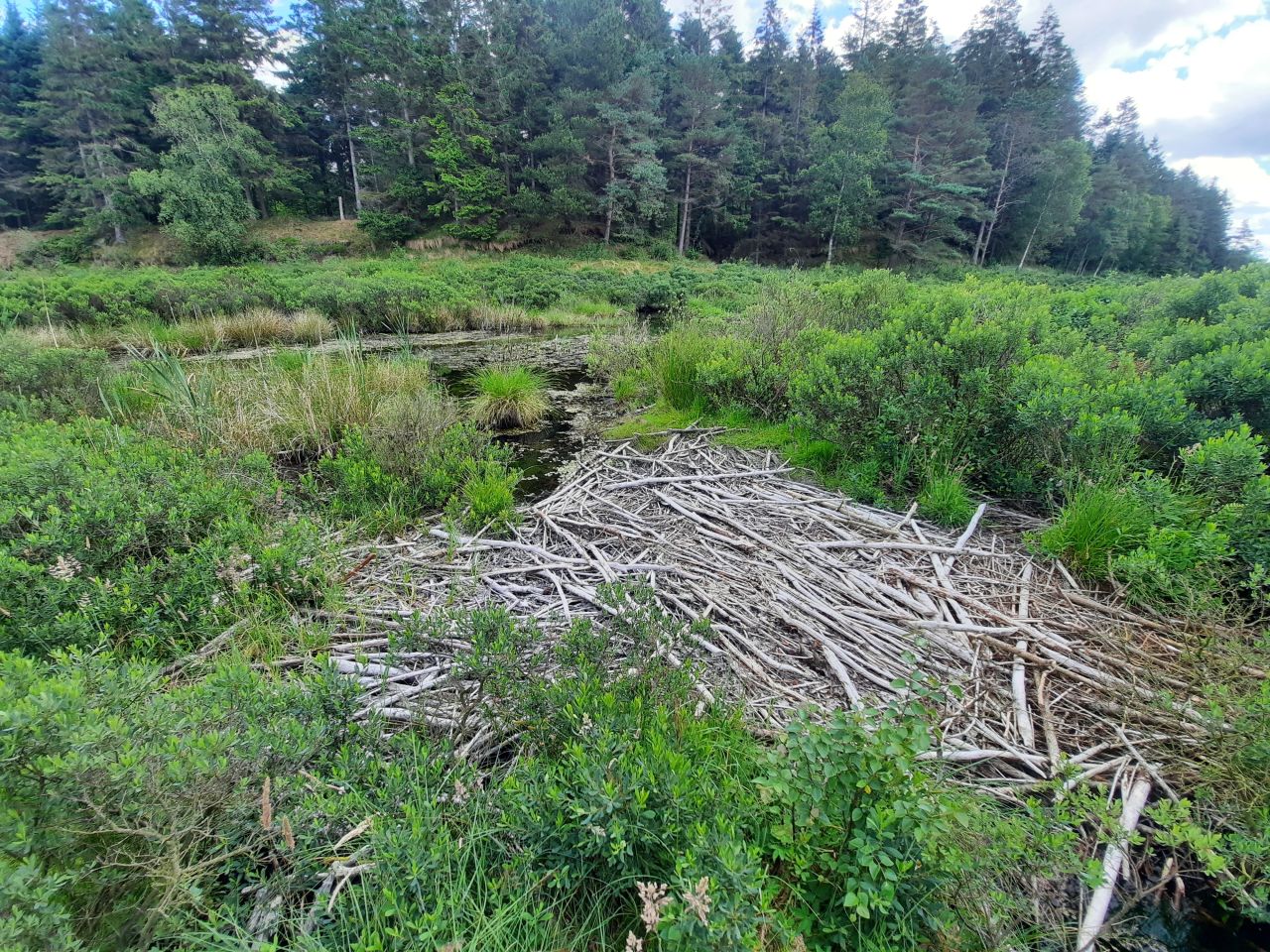
A beaver dam in Klosterheden, Denmark. Image: © Christian Ransborg
Natural succession
Natural succession is the process in which a natural ecosystem evolves and changes over time. Beaver wetlands experience this both during and after beaver occupancy. Flooding occurs while beavers inhabit an area often throughout their presence. Once beavers leave and their dams deteriorate, water levels drop exposing bare soil. Soon, sedges and grass will colonize this land, followed by shrubs and saplings once it dries out even more, and eventually by trees, returning the once flooded beaver wetland to forest.
This natural succession creates dynamic environments where, depending on the successional stage, certain niches appear while others disappear.
Beavers and biodiversity
Numerous studies have highlighted the profound effect beavers have on other species. Beaver wetlands support higher species richness of waterbirds compared to non-beaver wetlands. Bats, too, benefit from beaver activity, likely due to increased abundance of insects, their staple food.
Two beavers are observed close to a natural dam in Denver Colorado. Video: © Kat Enid
Beavers and insects: a complex relationship
Since beavers alter landscapes, it’s natural to ask: do beavers increase insect diversity? Research suggests that the answer depends on the insect group and habitat in question. Most studies agree that insect communities differ between beaver wetlands and free-flowing streams. Some find that beaver wetlands do indeed enhance certain insect populations, while other studies find no such effect, and yet others detect a decline in specific insect groups.
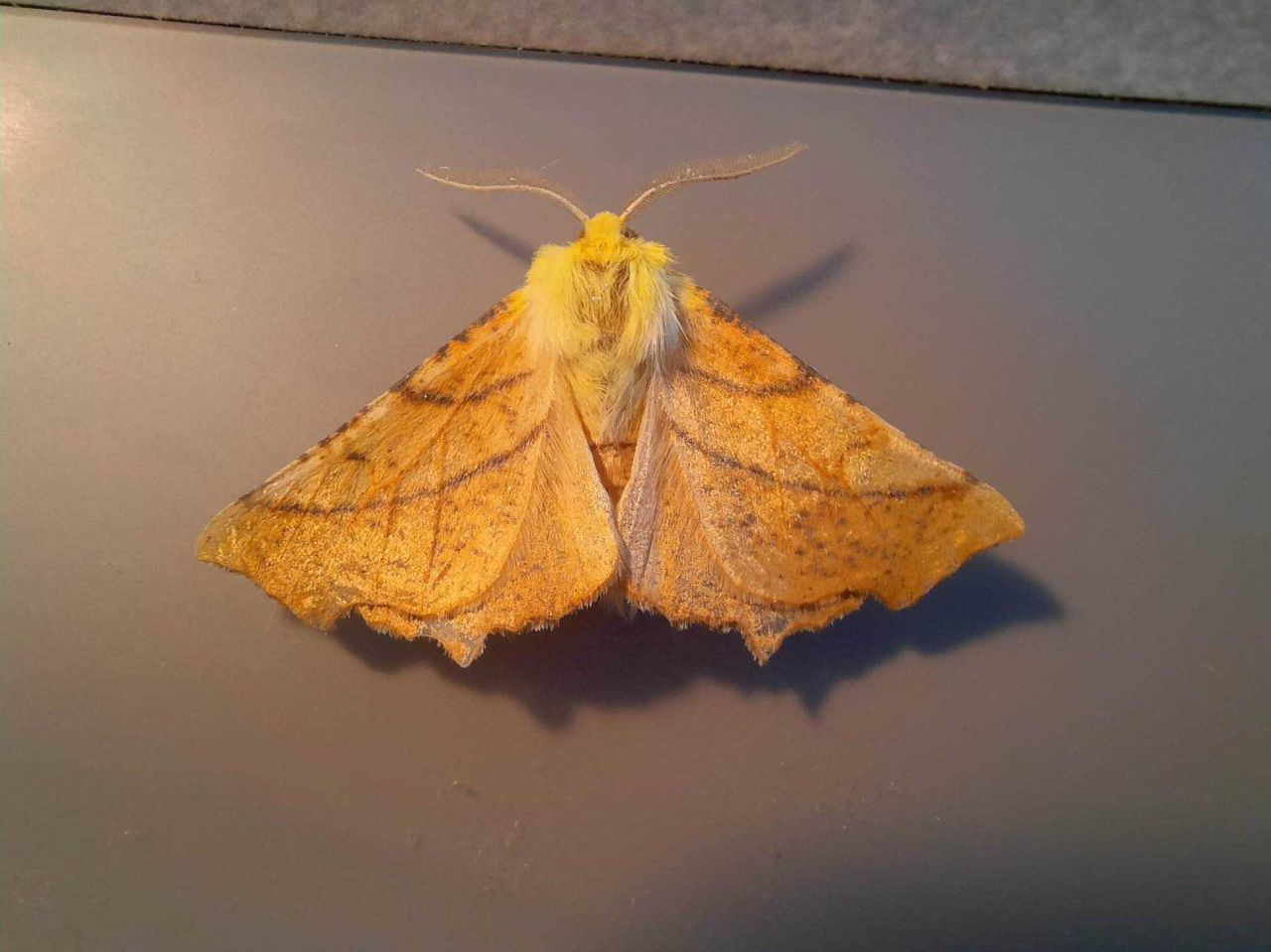
The canary-shouldered thorn moth (Ennomos alniaria) benefits from the beaver’s presence. Image: © Christian Ransborg
Aquatic insects
Most studies have focused on how beavers affect the aquatic invertebrate community. Many studies report that flowing water habitats support greater aquatic insect richness than beaver wetlands. However, at a landscape level, beaver-created ponds increase the overall insect diversity by promoting large habitat heterogeneity.
Some aquatic insect species will benefit from the creation of beaver wetlands, for example, water beetles, where a Finnish study showed that both abundance and diversity of water beetles were higher in beaver ponds compared to ponds with no beavers. Beaver wetlands also favor species such as Asellus aquaticus, a generalist crustacean that benefits from beaver disturbance.
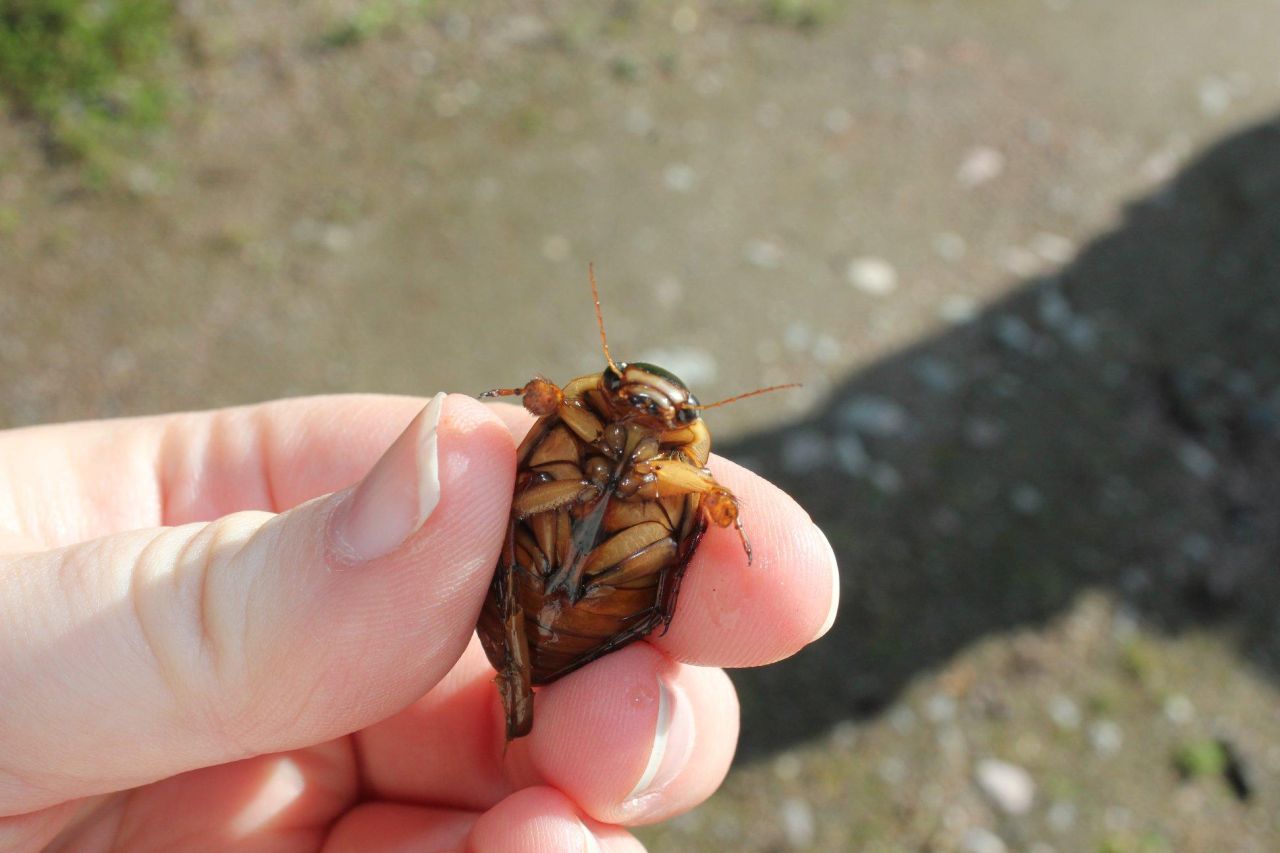
This water beetle (Dytiscidae sp.), a swift predator, was found in a Finnish wetland with observed beaver presence. Image: © Line Holm Andersen
Terrestrial insects
The beaver’s influence extends beyond water, affecting terrestrial insect populations as well. The initial flooding of an area will likely have a detrimental effect on numerous species not adapted to submersion, but other species will thrive during the various successional stages.
A good example of beavers promoting terrestrial biodiversity is their impact on the St. Francis’ satyr butterfly in North America. The butterfly depends on sedges (Carex sp.), grass-like plants, as host plants for its larvae. In this case, beaver wetlands harbored more sedges compared to wetlands without beavers, and the increased number of sedges significantly correlated with the butterfly population size. Similarly, a Danish study found that overall moth species richness and diversity were higher in beaver wetlands, which were also more heterogeneous and greener than areas without beavers. Additionally, research from Finland and North America has shown that bark beetles (Scolytinae) are more abundant in beaver wetlands.
Swiss beavers
Following reintroductions starting in the 1950s, Switzerland is now home to around 4900 beavers. Though no longer considered endangered, they remain a protected species. The impact of beavers on both aquatic and terrestrial ecological networks is also being studied in Switzerland (find more information here).
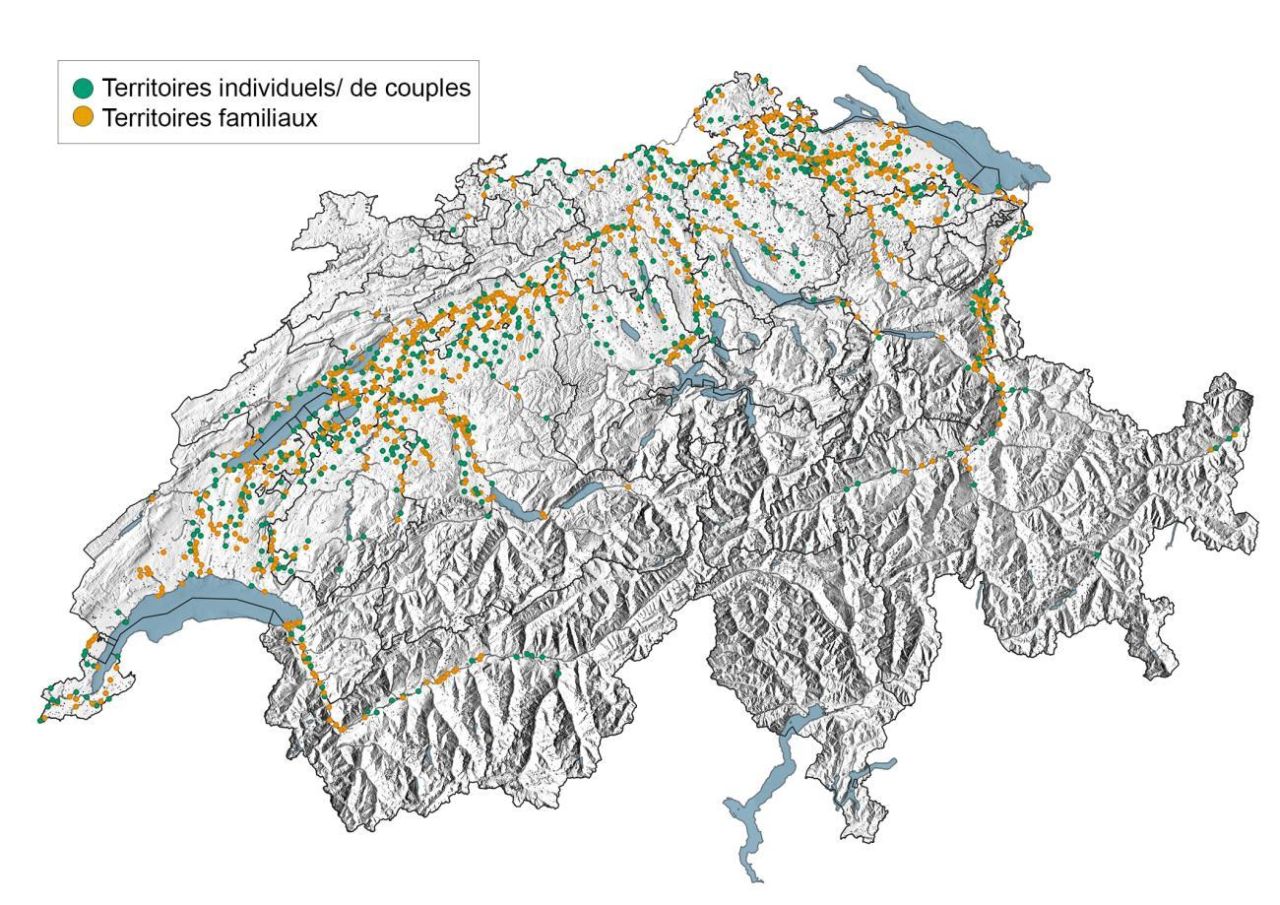
Distribution of beavers in Switzerland. Image: Infofauna
For more information about beavers in Switzerland, visit Infofauna (German and French).
Overall, beavers play an important role in freshwater ecosystems by creating disturbance, increasing habitat heterogeneity and thereby altering insect communities. Their impact varies depending on species: while some insects thrive in the niches beavers create, others perish. By engineering their environments, beavers contribute to biodiversity in complex and often surprising ways.
References
Andersen, Line Holm, et al. "Can reintroduction of beavers improve insect biodiversity?." Journal of Environmental Management 337 (2023): 117719.
Andersen, Line Holm, Petri Nummi, and Simon Bahrndorff. "Can beavers help improve terrestrial invertebrate diversity?." Frontiers in Ecology and Evolution 12 (2024): 1396207.
Bartel, Rebecca A., Nick M. Haddad, and Justin P. Wright. "Ecosystem engineers maintain a rare species of butterfly and increase plant diversity." Oikos 119.5 (2010): 883-890.
Law A et al.2016 Habitat engineering by beaver benefits aquatic biodiversity and ecosystem processes in agricultural streams. Freshwater Biology 61;4:486-499.
Mourant, A., N. Lecomte, and G. Moreau. "Indirect effects of an ecosystem engineer: How the Canadian beaver can drive the reproduction of saproxylic beetles." Journal of Zoology 304.2 (2018): 90-97.
Nummi, Petri, et al. "The beaver facilitates species richness and abundance of terrestrial and semi-aquatic mammals." Global Ecology and Conservation 20 (2019): e00701.
Nummi, Petri, et al. "Bats benefit from beavers: a facilitative link between aquatic and terrestrial food webs." Biodiversity and Conservation 20 (2011): 851-859.
Nummi, Petri, et al. "Beaver creates early successional hotspots for water beetles." Biodiversity and Conservation 30.10 (2021): 2655-2670.
Washko, Susan, Nigel Willby, and Alan Law. "How beavers affect riverine aquatic macroinvertebrates: a review." PeerJ 10 (2022): e13180.
